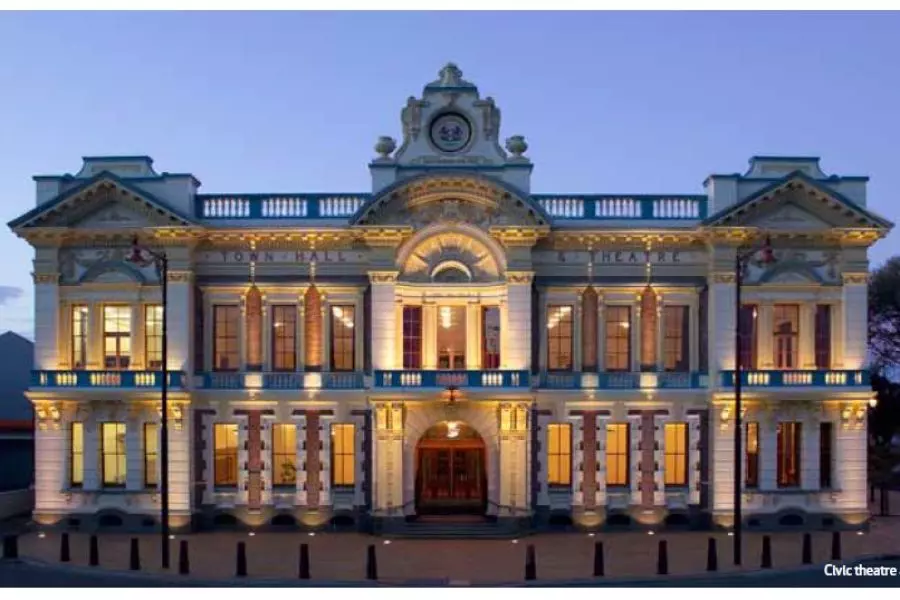News
Southern charms

Monday 30th of July 2018
Invercargill is not only New Zealand’s southernmost city, but the southernmost city in the world. As such it is somewhat isolated. This has led to the popular perception that the city is slow, staid, and behind the times.
But the truth is that while Invercargill’s population is relatively small - 54,800 as at June 2017, it is the commercial centre of the Southland region. It...
Want to read the full article?
Click the button below to subscribe and will have unlimited access to full article and all other articles on the site.
8 min read
10 min read






![[The Wrap] Bye Bye Bayly](https://goodreturns.publit.io/file/c_fill,w_900,h_600/39f23ac1-f7c7-4854-b700-a150004ebbac.webp)


